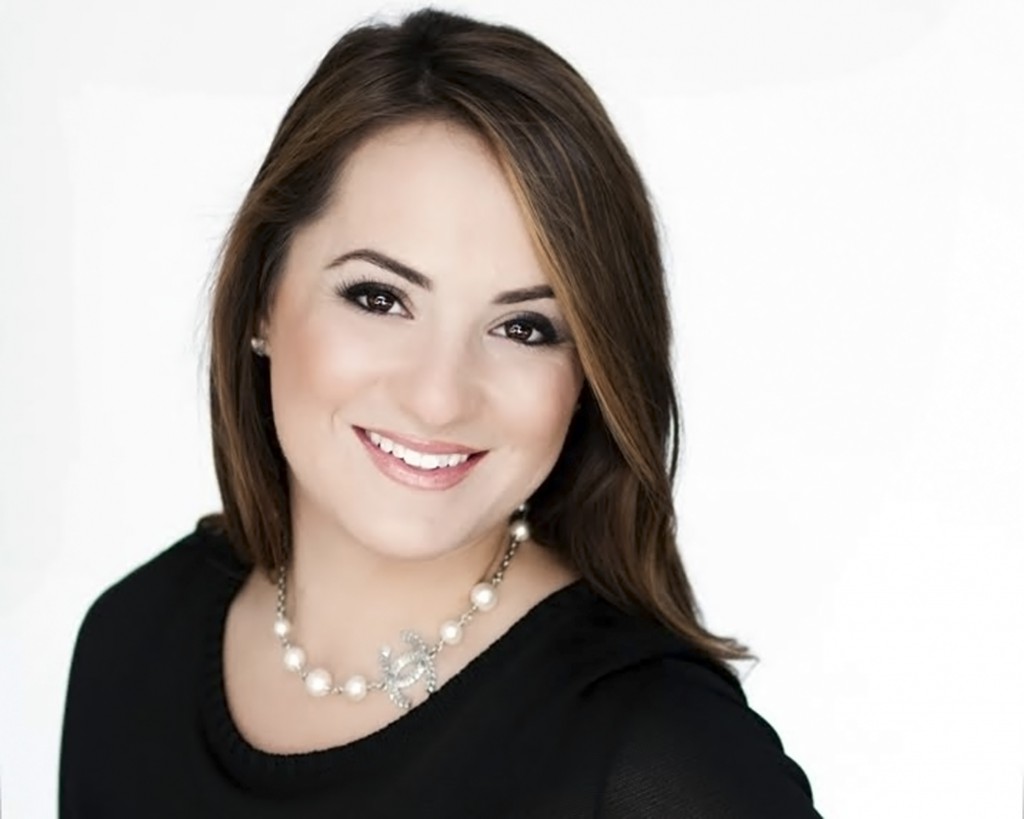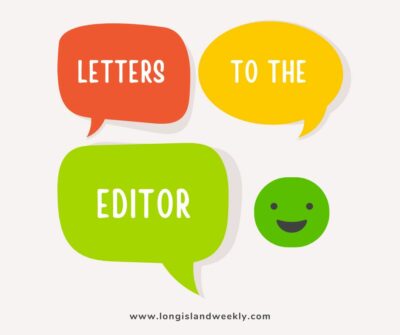 As if there weren’t enough to worry about in day-to-day life, people often find themselves frozen in front of their closets during the morning rush, panicking about what to wear.
As if there weren’t enough to worry about in day-to-day life, people often find themselves frozen in front of their closets during the morning rush, panicking about what to wear.
“I think everyone has that terrible feeling of insecurity from time to time when you just know you have on the wrong outfit — as if it’s not just your clothes that are frumpy and outdated, but you, too,” said styling consultant Ashley Martini, author of the new book, Styletini and founding member of Martini Fashions, (www.ashleymartini.com).
“Unfortunately, in today’s society, people do judge books by their covers — and perception is reality. You can sense how people respond to you, especially in relation to job opportunities and relationships.”
Getting your outfit right can be challenging, she concedes. People want to be confident yet comfortable; up-to-date yet not necessarily “hipsteriffic;” professional but not overly formal. Most have a favorite outfit or two, but those get old quickly when worn twice a week.
“One of the first things you should understand is that your criteria really isn’t conflicting — you can be stylish, professional and comfortable, all with that stamp of individuality,” Martini says. “You just have to know what to look for.”
Martini talks tips to take the stress out of the morning dress hour.
Not all trends work for all body types
“You have to be honest with yourself; skinny jeans may not work for you, and forcing yourself into a pair that’s semi-workable is not the best way to optimize your closet,” she says. “The trendiest thing any individual can do is answer the question: Is it flattering?”
Women have six basic body types: triangle, narrow above the waist and wider on the bottom; inverted triangle, with fuller shoulders and chest and slim hips and thighs; rectangle, also known as athletic with little definition in the waist and hips; diamond, high-sitting, full stomach with wide hips and full thighs; apple, similar to diamonds, but with a lower-sitting stomach — also know as oval-shaped; hourglass, with equal upper and lower halves with well-defined waists.
Know your measurements
Measure the parts of your body that most define your shape: your hips, shoulders, waist and bust. Wear underwear (but not shapewear) when measuring hips, and wrap the tape around the fullest part of your hips and butt for the most accurate measurement. Don’t tug too tightly or loosely when measuring; the number in the center front is your hip size.
To measure shoulders, keep your back straight and your shoulders relaxed, and extend the tape from the outer edge of one shoulder to the outer edge of the other.
To measure your waist, bend forward and note where your body creases — that’s where to measure.
For bust, wear a top without a bra, which often alters measurements. Wrap the tape across your back and under your shoulder blades and arms — and around the fullest part of your breasts.
Own your plus-size, petite or tall body
You’ve probably heard the statement, “Real women have curves.” Yes, they do, but there are also real women with smaller busts; long and lean women, and some built like the ancient fertility goddess statues. All of us are “real.”
One tip for plus-sized women: highlight your assets — shapely legs and well-toned arms are meant to be flaunted. Petite women: Opt for pieces that come in naturally shorter lengths, such as cigarette pants, knee-length or higher skirts and three-quarter and shorter sleeve tops and jackets.
Showing more skin will make your limbs look longer. Tall women: Wear high heels if you want to — just because you’re taller doesn’t mean they’re off limits.


















